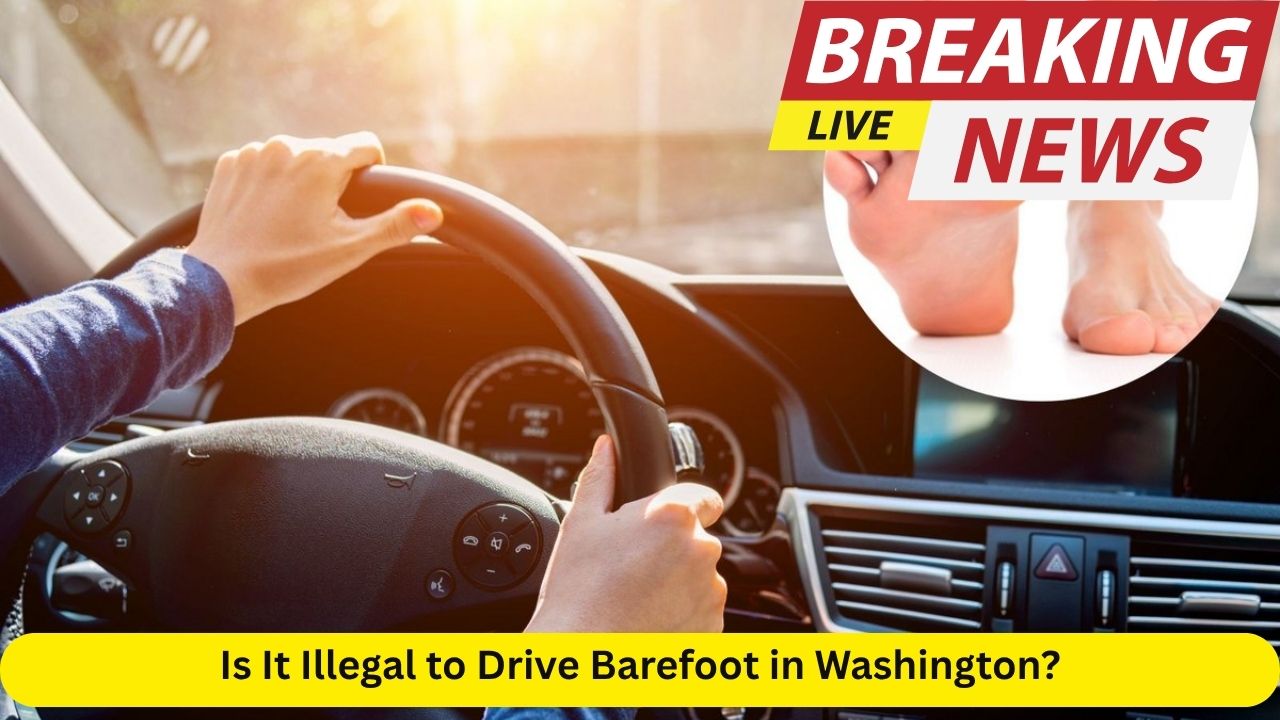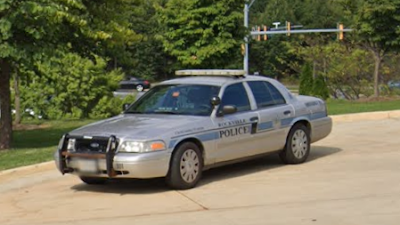You may have heard warnings like, “Don’t drive barefoot—you could get a ticket!” It’s a persistent piece of folk wisdom, repeated in driver’s ed, family drives, and social media. But in Washington State, the truth is far less sensational. This post will unravel the myth, dig into the relevant laws, examine real-world hazards, and offer sound advice for staying safe behind the wheel—even barefoot. Whether you’re kicking off flip-flops during a summer drive or just curious about traffic laws, here’s the full story.
The Myth: Driving Barefoot Is Illegal
It seems logical: you’re not wearing shoes, so surely it must be against the law, right? This misconception is a staple urban legend in Washington and across the U.S. Many drivers are convinced Iowa, Washington, Ohio—or wherever they happen to live—has a legal ban on barefoot driving. In fact, countless individuals recall being told it’s illegal in driver’s ed, or even receiving vague traffic warnings.
The myth is so widespread that if an officer pulls you over, they might even say it’s illegal—despite it not being true. Anecdotes abound of tickets “for driving barefoot” only for them to vanish when challenged. Why does this myth persist so firmly? Let’s examine the actual law.
What Washington State Law Actually Says
There is no Washington law requiring footwear to operate a motor vehicle. That means:
-
You cannot be cited simply for driving barefoot.
-
Footwear choice—shoe, sandal, flip-flop, boot, or nothing—is not regulated under any state statute.
-
Washington’s Revised Code of Washington (RCW) contains no provision that bans barefoot driving.
-
Similarly, no local city ordinances in Seattle, Spokane, Vancouver, or Tacoma prohibit it.
In short, the state says: if you choose to drive without shoes, that’s your call. No fines, no violations, no criminal offense—by itself.
The National Context: A U.S.‑Wide Myth
This misconception isn’t unique to Washington. In fact, barefoot driving is legal in all 50 states, with no federal law banning it either. In the 1990s, someone surveyed each state’s Department of Motor Vehicles; all confirmed driving barefoot is allowed. States like California, Texas, Ohio, and Florida have no prohibitions but often note it may not be safe.
Insurance and safety websites caution against barefoot driving for control reasons—but confirm it’s not illegal. A major national insurer emphasized this point, noting that no state criminalizes barefoot driving, even while expressing serious safety concerns.
Why the Misconception Persists
Despite clear legality, several factors help the myth thrive:
-
Driver’s Ed and Family Lore
Many people learn during driver’s ed that it’s illegal—or hear it from parents who recalled a traffic tutor’s warning. -
Safety Warnings Disguised as Legal Advice
Police and safety organizations often advise against barefoot driving, which people mistakenly interpret as a law. -
Loose Footwear Issues
Driving in flip-flops or heels can be dangerous; combining warnings about unsafe footwear with bare feet creates confusion. -
Urban Legend Momentum
The human brain fills in gaps. “It sounds stupid to drive barefoot, so it must be banned!” becomes a self-reinforcing story as it’s repeated.
Potential Safety and Liability Issues
Legality aside, barefoot driving carries some real risks:
1. Pedal Control
Bare feet may slip off smooth accelerator or brake pedals during wet or emergency maneuvers. Shoes offer grip and consistent pressure; bare feet can lead to uneven braking.
2. Foot Trauma
Your feet are exposed to hazards like sharp objects, loose coins, gravel, or scorching surfaces. A sudden stub or burn can incapacitate you—and your foot may instinctively jerk off the pedal at a critical moment.
3. Legal Consequences If Involved in a Crash
You can’t be ticketed for barefoot driving, but if your lack of footwear contributes to an accident, it may be used to show negligence. This could reduce your insurance claims or increase liability in court.
Comparing Bare Feet with Common Footwear
There’s more nuance than “shoes good, no shoes bad.” The key is: what footwear (or lack thereof) gives you the most control and least risk?
-
Flip-flops: Often cited as dangerous because they can slip off, get stuck under pedals, or flop around.
-
High heels: Create awkward foot angles and can pin the pedal.
-
Open-toed slides or poorly tied shoes: Can dangle or slide unpredictably.
-
Bare feet: Give direct feel of the pedal, but lack protection and may slip when wet.
As a result, some experts rank barefoot driving safer than wearing flip-flops or heels but less safe than driving in proper, secure footwear with firm soles.
Court and Insurance Implications
-
Citations: No officer can legally issue a ticket just for being barefoot.
-
Accidents: If it’s shown that lack of footwear hindered pedal control, insurers or lawyers might argue it shows a failure to exercise ordinary care.
-
Civil claims: In collisions, bare feet could be cast as evidence of recklessness—even if it’s legally permitted.
So while you’re not breaking any rule by driving barefoot, playing the “safety negligence” card could still be used against you in legal or insurance contexts.
Best Practices for Footwear and Driving
Whether you’re barefoot, in sneakers, or in sandals, here are some smart habits:
-
Keep shoes in the car: Ideal for emergencies or long trips—slip them on before driving.
-
Avoid loose or flippy footwear: Flip-flops and heels are particularly risky; always replace them with sneakers or secure shoes if possible.
-
Check your pedals: Make sure they’re clean and offer good grip—even with bare feet.
-
Dry your feet if wet: Walking through puddles? Dry off before bringing bare feet inside.
-
Practice pedal feel: Spend a few minutes in a parking lot getting used to how your bare foot responds to different pedal pressures.
-
Be honest after an accident: If barefoot driving had any role, disclose it—transparency builds credibility.
Conclusion
Driving barefoot in Washington State is legal—period. There’s no law requiring footwear. But legality isn’t safety insurance. Bare feet lack grip and protection, and can be used against you in accident claims. If you regularly drive barefoot:
-
Keep a pair of well-fitted shoes within reach.
-
Choose safe, stable footwear over loose sandals or heels.
-
Be mindful of your foot contact and the weather.
By combining legal awareness with common-sense safety, you can enjoy barefoot freedom on the road—without unexpected consequences. So go ahead, kick off your shoes—but don’t kick away responsibility.
🚗 Safe driving starts from the ground up.
















Leave a Reply